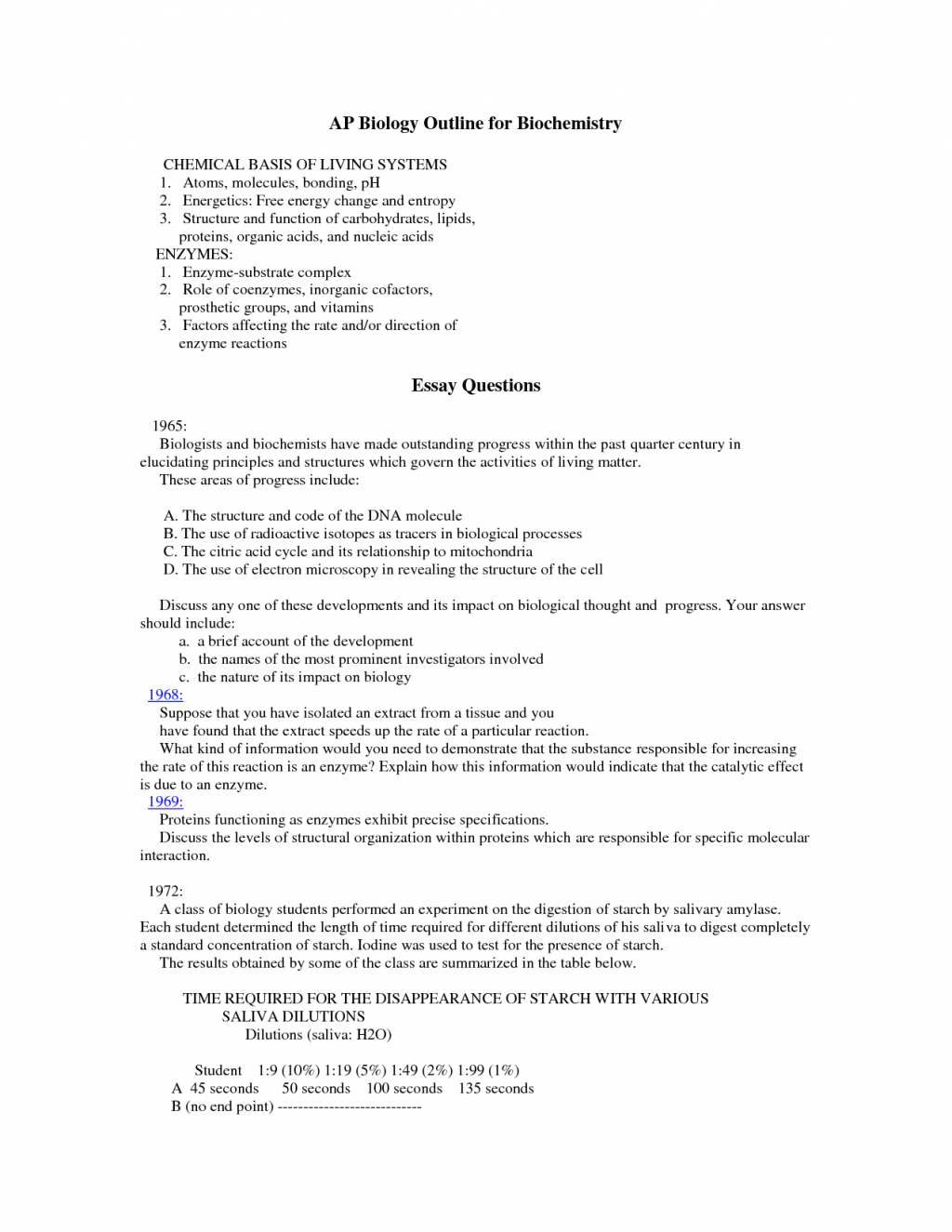
Plant Morphology, Plant Anatomy, Plant Developmental Biology, Plant morphology and anatomy Cytological characterization of anther development in Panax ginseng Meyer Ginseng (Panax ginseng), a valued medicinal herb, is a slow-growing plant that flowers after 3 years of growth with the formation of a solitary terminal umbel inflorescence Plant anatomy and morphology. Apical development in plants Apical dominance Apical meristem Bark Brassinosteroids Bud Cell plastid Cellulose Chlorophyll Cold hardiness (plant) Collenchyma Control of shoot branching in plants Cortex (plant) Deciduous plant Endodermis Epidermis (plant) Equine laminitis The paper discloses a research model of leaf investigation, based on biometrical measurements and morphological observations. There are only few examples of this type of biometrical investigation and analysis model applied on spontaneous plants leaves in literature. The article comprises biometrical investigations on Convolvulus arvensis L. leaves
Plant morphology and anatomy Research Papers - blogger.com
To browse Academia. edu and the wider internet faster and more securely, please take a few seconds to upgrade your browser. Skip to main content. edu no longer supports Internet Explorer. Log In Sign Up. Plant morphology and anatomy 7, Followers. Papers People. Achyrocline tomentosa Rusby and Gnaphalium cheiranthifolium Lam. Both are used in ethnomedicine mainly for its digestive properties, such as simple drug or mixed with other herbs.
These drugs come from natural populations, and this work provides elements for distinguishing among themselves and other species of both genera by means of exomorphological, anatomical and quantitative micrographic features. It is described and discussed for the first time the stem anatomy of A. tomentosa and the stem and leaf anatomy of G. cheiranthifolium, the macroscopic characteristics of the commercial drugs, the features of dissociated tissue, the relative share of both drugs on the market, and quantitative micrographic parameters of the two species, as a contribution to pharmacobotanic characterization and quality control of these drugs.
Save to Library. Elisa Margarita PETENATTI. Taxonomic significance of leaf micromorphology in some selected taxa of Acanthaceae Peninsular Malaysia. Comparative leaf micromorphology study was conducted in eight taxa of Acanthaceae from Peninsular Malaysia. Eight chosen taxa were Acanthus ebracteatus Vahl, A. ilicifolius L. volubilis Wall, A.
montanus T. Anderson, Andrographis Anderson, plant anatomy research papers, Andrographis paniculata Burm. ex Nees, Asystasia gangetica subsp. micrantha Nees Ensermu, Chroesthes longifolia Wight B. Hansen and Peristrophe roxburghiana Schult.
The objective of this study was to identify the leaf micromorphological characteristics that can be used in species identification and also as supportive data in classification.
The procedures involved such as dehydration, critical point drying, gold coated and examination under scanning electron microscope. Findings in this study have demonstrated the similarities and variations plant anatomy research papers leaf micromorphological characteristics such as in type of epicuticular waxes, cuticular ornamentations, stomata characteristics and in the presence of trichomes. Six types of epicuticular waxes and five types of trichomes were observed.
Variations in cuticular ornamentations and stomata structure can be used to differentiate species. One diagnostic character was found and proven to be very useful to identify Acanthus via the presence of simple trichomes short-conicle like. In conclusion, the results of this study have shown that leaf micromorphological characteristics have taxonomic significance that can be useful in classifications and identification especially at species level.
Amirul Aiman. Petiole anatomical characteristics of tidal Rhizophoraceae species. Abstract: A study was conducted on the plant anatomy research papers anatomical characteristics of seven selected Malaysian mangrove species, which are representative of four genera in the Rhizophoraceae, plant anatomy research papers.
These anatomical features can be very useful in These anatomical features can be very useful plant anatomy research papers revealing the plant anatomy research papers between the plant species and its environment, and the results showed that some anatomical adaptations had occurred in response to extreme climate and exposed environment. These adaptations such as the presence of plant anatomy research papers cells, cutinized epidermal cells and variations in the presence of parenchyma cells which occurred fairly uniformly among all the species studied.
Variations in the presence or absence of parenchyma and aerenchyma cells can be a good indicator for a shift in species zonation, especially in species that have become well adapted to a dynamically active habitat, such as that of the coastal zone. Cellsens brochure. Revision of Adiantopsis radiata Pteridaceae with Descriptions of New Taxa with Palmately Compound Laminae.
Adiantopsis radiata has long been regarded as the only species with palmately compound laminae in the fern genus Adiantopsis Pteridaceae. Here, three new species, A. dactyliferaplant anatomy research papers, A.
timidaand A. crinoideawith palmate laminar crinoideawith palmate laminar architecture are described. Additionally, a new combination is formalized for A. trifurcataa typically ternate species originally assigned to Cheilanthes and frequently misidentified in herbarium collections as A.
monticolawhich is a pinnately compound species endemic to the states of Goiás and Tocantins, Brazil. Adiantopsis ternata is affirmed as a distinct and valid species that should not be placed plant anatomy research papers synonymy with A.
These six palmately compound species differ from each other in the form of their pseudoindusia, the position of attachment of the pinnules to the costae, the form of the adaxial carinae, the shape of the pinnae apices, as well as spore size and ornamentation.
All six Adiantopsis species with palmately compound laminae are illustrated, and a distribution map and key are provided.
Reiterative growth in the complex adaptive architecture of the Paleozoic Pennsylvanian filicalean fern Kaplanopteris clavata. Reiteration is a widespread component of plant growth whose evolutionary importance in ferns is not recognized widely.
We introduce and discuss the growth architecture of Kaplanopteris clavata, a fossil filicalean fern from the We introduce and discuss the growth architecture of Kaplanopteris clavata, a fossil filicalean fern from the Pennsylvanian ca.
Kaplanopteris clavata combines two types of reiterative growth where growth modules are borne on fronds: 1 entire fronds derived from primary pinnae, and 2 epiphyllous plantlets.
This combination of reiterative pathways, unique among fossil and living ferns, allowed K. clavata to explore ecospace through an opportunistic combination of scrambling, climbing and epiphytic growth. Kaplanopteris clavata underscores the organographic importance of fronds as opposed to stems in the adaptive architecture of ferns, emphasizing functional convergences between the different Bauplane of ferns and angiosperms.
This unique combination of reiterative pathways is interpreted as a derived condition illustrating the structural and developmental complexity achieved by some filicaleans during the first major evolutionary radiation of leptosporangiate ferns.
Gar Rothwell. Megaphylls, microphylls and the evolution of leaf development. Although it is now accepted that leaves evolved independently in several However, evidence from the fossil record and developmental pathways fails to indicate homology and suggests homoplasy of precursor structures. Alternative definitions are needed that are based on development and phylogeny for different independently evolved leaf types.
The sporophytes of seed-free vascular plants - major vegetative developmental features and molecular genetic pathways, plant anatomy research papers. Cytological characterization of anther development in Panax ginseng Meyer. Ginseng Panax ginsenga valued medicinal herb, is a slow-growing plant plant anatomy research papers flowers after 3 years of growth with the formation of a solitary terminal umbel inflorescence.
However, little is known about cytological events during ginseng However, little is known about cytological events during ginseng reproduction, such as the development of the male organ, the stamen.
To better understand the mechanism controlling ginseng male plant anatomy research papers development, here, plant anatomy research papers, we investigated the inflorescence and flower structure of ginseng. Moreover, we performed cytological analysis of anther morphogenesis and showed the common and specialized cytological events including the formation of four concentric cell layers surrounding male reproductive cells followed by subsequent cell plant anatomy research papers and degeneration of tapetal cells, as well as the formation of mature pollen grains via meiosis and mitosis during ginseng anther development.
Particularly, our transverse section and microscopic observations showed that the ginseng tapetal layer exhibits obvious nonsynchronous cell division evidenced by the observation of one or two tapetal layers frequently observed in one anther lobe, plant anatomy research papers, suggesting the unique control of cell division.
To facilitate the future study on ginseng male reproduction, we grouped the anther development into 10 developmental stages according to the characterized cytological events. Root anatomy of Galeandra leptoceras Orchidaceae - Due to the scarce information about the root organization of Galeandra genus representatives, this study aimed to describe the root anatomy of Galeandra leptoceras, describing adaptations related to plant anatomy research papers relations and characters of Due to the scarce information about the root organization of Galeandra genus representatives, this study aimed to describe the root anatomy of Galeandra leptoceras, describing adaptations related to hydric relations and characters of taxonomic interest.
These ones were cut in midline with the use of razors. The sections were stained with 0. It was observed that the roots of species are structurally adapted to epiphytism; however, some anatomical features show plant anatomy research papers this species requires more frequent watering or environments with constant humidity.
The anatomical characteristics described for roots support results reported by authors that include the genus in subtribe Catasetinae, Cymbidieae tribe.
Anatomy and morphogenesis of galls produced by Leptocybe invasa in plants of Eucalyptus. Leptocybe invasa is a gall-inducing wasp that oviposits in the young eucalyptus leaves. The plant responds by forming a gall. As a result, this not only causes rolling leaves and defoliation, but also collapses the tree buds which affect As a result, this not only causes rolling leaves and defoliation, but also collapses the tree buds which affect seriously the eucalyptus production.
In this paper, plant anatomy research papers, it is analyzed the morphogenetic and anatomical changes that are caused by the development of galls and then it is compared with healthy plants. The Eucalyptus grandis and Eucalyptus camaldulensis are cultivated in Corrientes, Argentina, and have been studied with traditional techniques of optical and scanning electron microscopy. The wasp oviposits among the vascular bundles, and the plant produces an hyperplastic tissue that are differed into four layers: nutrient, tanniniferous, sclerotic, and crystalliferous.
The circulation of the vascular tissues is obstructed and consequently it is interrupted the normal flow of water and solutes that are transported in the xylem. Hence, this situation produces circular vessel. In fact, it is not only analyzed the morphological and anatomical changes but also the insect development, plant anatomy research papers, and this cycle is divided into three stages. This work demonstrates that the formation of galls in the eucalyptus are an excellent example of extended phenotype, where the action of L, plant anatomy research papers.
invasa induces the abnormal plant anatomy research papers of plant tissues because of the increase the number of cells, the collapse of the vascular system of the affected area and the apparition of new anatomical features.
Solis Stella. Estudio anatómico y morfológico de los órganos vegetativos de Besleria solanoides Kunth Gesneriaceae.
plant anatomy
, time: 8:23
The paper discloses a research model of leaf investigation, based on biometrical measurements and morphological observations. There are only few examples of this type of biometrical investigation and analysis model applied on spontaneous plants leaves in literature. The article comprises biometrical investigations on Convolvulus arvensis L. leaves Palynology, Plant Morphology, Plant Anatomy, Stomata Antioxidant and Phenolic Profile of Mahaleb Plant as a Functional Food Prunus mahaleb L. (syn. Cerasus mahaleb L. Mill.) (mahaleb) is a member of medicinal plants and grows naturally in Tokat and in some other regions of Turkey Plant anatomy and morphology. Apical development in plants Apical dominance Apical meristem Bark Brassinosteroids Bud Cell plastid Cellulose Chlorophyll Cold hardiness (plant) Collenchyma Control of shoot branching in plants Cortex (plant) Deciduous plant Endodermis Epidermis (plant) Equine laminitis
No comments:
Post a Comment